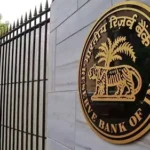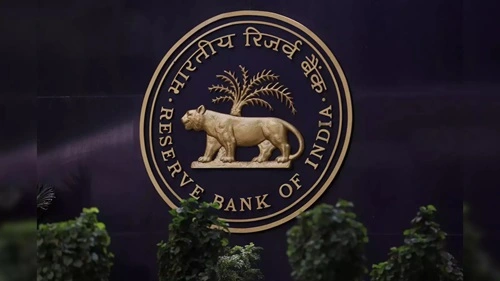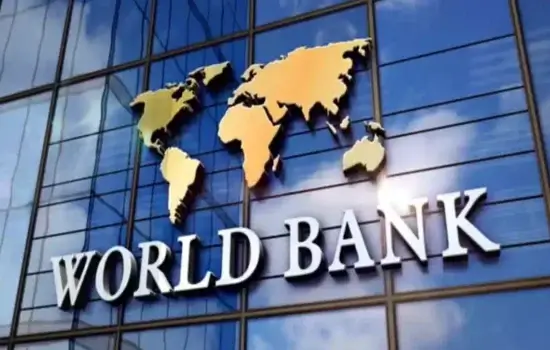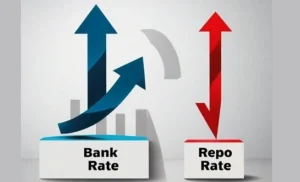In the headlines, many times, you may have heard that a central bank of a nation is instructing other commercial banks to follow some guidelines or anything like that, right? And that might have got you thinking like, what exactly is a central bank, and why does it have so much power than regular commercial banks? Correct? Well, if you don’t know what a central bank is, or what a commercial bank is, how they function, what their roles are, and things like that, then you should keep on reading this post. Why? Well, here we will be going over the most important difference between central banks and commercial banks. So, stay tuned for that. Here we go.
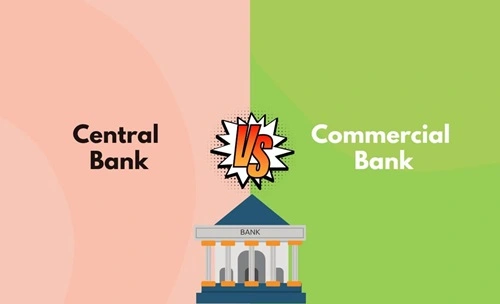
Central Bank
Can you believe it? The central bank is more like a nation’s financial supervisor, not just another bank! As the country’s top financial institution, it helps maintain the economy. Imagine it as the mastermind behind monetary policy, aiming to stabilize prices and assist government economic goals. The central bank manages money, sets interest rates, and is the exclusive issuer of currency. And yes, it is also the government’s financial counselor and other banks’ bankers. It manages the country’s foreign exchange and gold reserves and prevents financial collapse. It controls the money supply and keeps the economy going with open market activities and reserve requirements. It also provides commercial banks with last-resort loans, stabilizing the banking industry in the tough times.
Commercial Bank
Moving on, let’s discuss commercial banks, you know, the ones we use daily. These banks offer a variety of financial services to individuals, businesses, and governments. They process deposits, loans, checking, savings, credit cards, and yes, electronic funds transfers and whatnot. One thing that you must understand is that commercial banks are actually businesses that are looking forward to making money from the customers and clients. And it shouldn’t be hard to understand that they want to make money for shareholders. They boost economic growth by turning our savings into loans for businesses and individuals to support huge projects and daily needs. Their profit comes from the differential between loan interest and deposit payments. In addition, they charge for banking services and offer wealth management and foreign exchange trading.
Key Differences Between Central Bank and Commercial Bank
1. Ownership and Structure
Well, for those who don’t know, you see, central banks are practically the banks owned by the government. Indeed, they are public establishments run by the government that prioritize public interest over profit-making. Want to know the specific examples of central banks? For that, consider the Reserve Bank of India or the Federal Reserve of the United States. These establishments actually have their own rules, such as the Reserve Bank of India Act or the Federal Reserve Act. On the other hand, though commercial banks can be privately owned or publicly listed, they are more like regular companies. Their primary aim is to follow guidelines established by banking legislation such as the Banking Regulation Act, which ultimately helps them to maximize profit for their shareholders.
2. Primary Objectives
The truth is central banks are the financial stability masters. They concentrate on controlling inflation, stabilizing the currency, ensuring that policies support employment and sustainable development, and serving to maintain the stability of the national economy overall. Commercial banks, on the other hand, do not just do things for the betterment of the economy or the general public, instead, they do it for the profits, well most of the time. Their primary goal is to make money by providing several financial services, therefore guaranteeing their investors a big bang for their money.
3. Authority and Functions
The big guys in business are the central banks. They oversee and control the whole banking system. They can print money, change interest rates and the amount of money in circulation, and when times get tough, they can even lend money to other banks as a last option. To keep commercial banks in check, they also keep an eye on them. Commercial banks, on the other hand, don’t get all of these extra powers. Their main job is to deal directly with people like us, taking deposits, making loans, and managing payments.
4. Clientele
The general public can’t directly access the services of central banks. They mostly work with big businesses and banks, like the government and other banks. They are in charge of big accounts, payments between banks, and national payment methods. But commercial banks are all about taking care of their customers. They work directly with people and companies to offer a range of services, such as loans and savings accounts.
5. Monetary Policy Implementation
To make things easier, you see, monetary policy is run by central banks. To keep the economy going, they change interest rates and the amount of money in circulation. They have a set of tools they can use for this, such as changing interest rates, buying or selling government bonds, and setting reserve requirements. When the central bank changes its rates and services, commercial banks do the same. This is all part of a bigger plan, you know?
6. Regulatory Framework
Like the important players they are, central banks have their own set of rules that they follow. The Federal Reserve Act tells the Fed how to do its job, and the Reserve Bank of India Act tells the RBI how to do its job. But commercial banks have to follow stricter banking rules, such as the Banking Regulation Act. The central bank and other financial players are always keeping an eye on them to make sure they play it safe.
7. Number and Presence
There is only one central bank in each country. This could be the Federal Reserve, the ECB, or the RBI. Its job is to keep the whole economy stable. But what about commercial banks? A lot of them, both big and small, are spread out across the country. They serve the financial needs of people, companies, and governments by providing a wide range of financial services.
Final Thoughts
There you have it. Now, the concept of central banks as well as commercial banks must be much clearer in your head, right? Well, next time you see any nation’s central or commercial banks in the headlines, you’ll surely get to understand the severity of it all.


